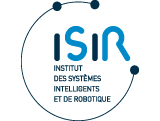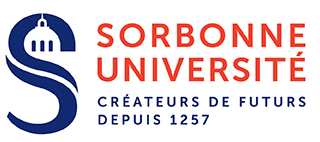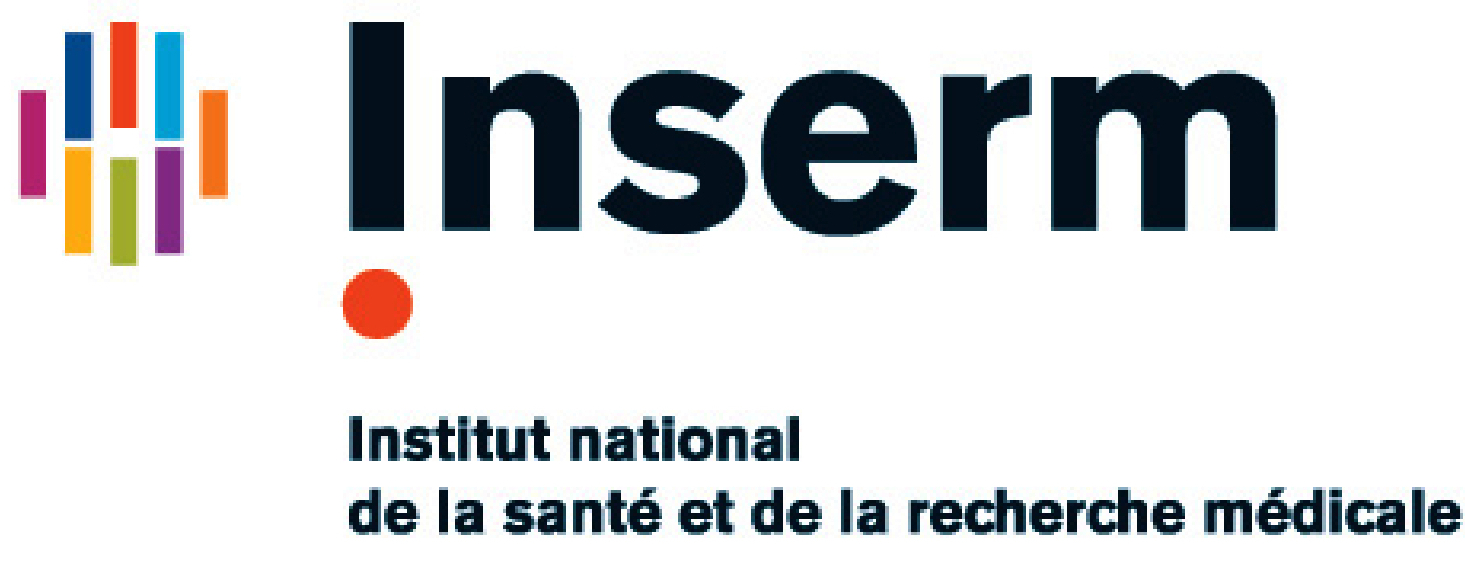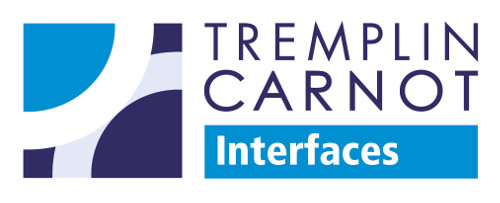SYROCO
Humanoids : Specifying and solving the humanoid control problem

Specifying and sovling the control problem for humanoid robots is far from being a solved problem. The specification often relies on the simulatenous realization and sequencing of tasks assigned to bodies of interest: hands, feet, CoM, head as well as a proper specification of some postural goal. This specification only is not sufficient to compute a proper solution to the control problem: constraints among which unilateral contact constraints also have to be accounted for. Given this set of tasks and constraints, we formulate the control problem as a constrained optimization problem (an LQP) which leads to a generic framework allowing to properly account for constraints while offering a sound framewrok to handle potential task conflicts. This approach is fundamental to many of the work led in this domain at ISIR and is introduced in the following article:
- Salini, J. and Padois, V. and Bidaud, P. (2011), Synthesis of Complex Humanoid Whole-Body Behavior: a Focus on Sequencing and Tasks Transitions, IEEE International Conference on Robotics and Automation, pp. 1283-1290 HAL version
While this formalism and associated resolution methods is becoming a very standard way of specifiyng and solving the control problem, it is not sufficient to handle the underactuated and hybrid nature of humanoid locomotion. Given the needs fo stepping and the discrete decisions that "making steps" represent, the control problem cannot just be solved reactively but has to be looked at over a control horizon. This provides robustness to the system but more importantly allows to adapt the center of mass dynamics given some pre-planned steps. Indeed, while model predictive control has become prevalent in humanoid robotics through ZMP control, it leads to many pre-planned locomotion and balance adaptation strategies. One of our contributions in this domain relates to the specification of much less restrictive locomotion strategies, where for example the timing and the location of the next steps is decided for online, and associated methods to efficiently solve them. These works are described in the following articles:
- Perrin, N. and Lau, D. and Padois V. (2018), Effective Generation of Dynamically Balanced Locomotion with Multiple Non-coplanar Contacts, Robotics Research: proceedings of the 2015 ISRR, pp. 201-216. HAL version
- Ibanez, A. and Bidaud, P. and Padois, V. (2014), A Distributed Model Predictive Control approach for robust postural stability of a humanoid robot, IEEE International Conference on Robotics and Automation, pp. 2132-2140 HAL version
- Ibanez, A. and Bidaud, P. and Padois, V. (2014), Emergence of humanoid walking behaviors from mixed-integer model predictive control, IEEE-RSJ International Conference on Intelligent Robots and Systems, pp. 4014-4021 HAL version
Related projects: FP7 CoDyCo,FUI ROMEO2
The combination of both an efficient whole-body control layer and of advanced model-predictive control architectures leads to the emergence of advanced whole-body behaviours. However, the robustness of these behaviours is strongly affected by the quality of the defined high level control objectives. In fact tasks are generally planned without close consideration for the underlying controller and robot being used, or the other tasks being executed, resulting in infeasible and/or incompatible task combinations when executed on the robot. Consequently, there is no guarantee that the prescribed tasks will be accomplished, resulting in unpredictable, and most likely, unsafe whole-body motions. To tackle this difficulty, we develop automatic methods for improving both the compatibility and feasibility of the prescribed tasks so that the overall whole-body motions may be accomplished as planned. These methods rely on an incremental optmization of the tasks trajectories over several execution of the overall movement. These works are described in the following articles:
- R. Lober, J. Eljaik, S. Nava, G.and Dafarra, F. Romano, D. Pucci, S. Traversaro, O. Nori, F.and Sigaud, and V. Padois (Submitted), Optimizing task feasibility using model-free policy search and model-based whole-body control, IEEE International Conference on Robotics and Automation
- R. Lober, V. Padois, and O. Sigaud (2016), Efficient reinforcement learning for humanoid whole-body control, IEEE-RAS International Conference on Humanoid Robots, pp. 684-689 HAL version
- R. Lober, V. Padois, and O. Sigaud (2015), Variance modulated task prioritization in whole-body control, IEEE-RSJ International Conference on Intelligent Robots and Systems, pp. 3944-3949HAL version
Related projects: FP7 CoDyCo






